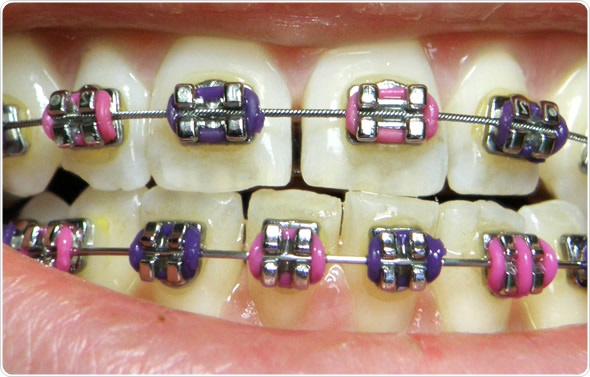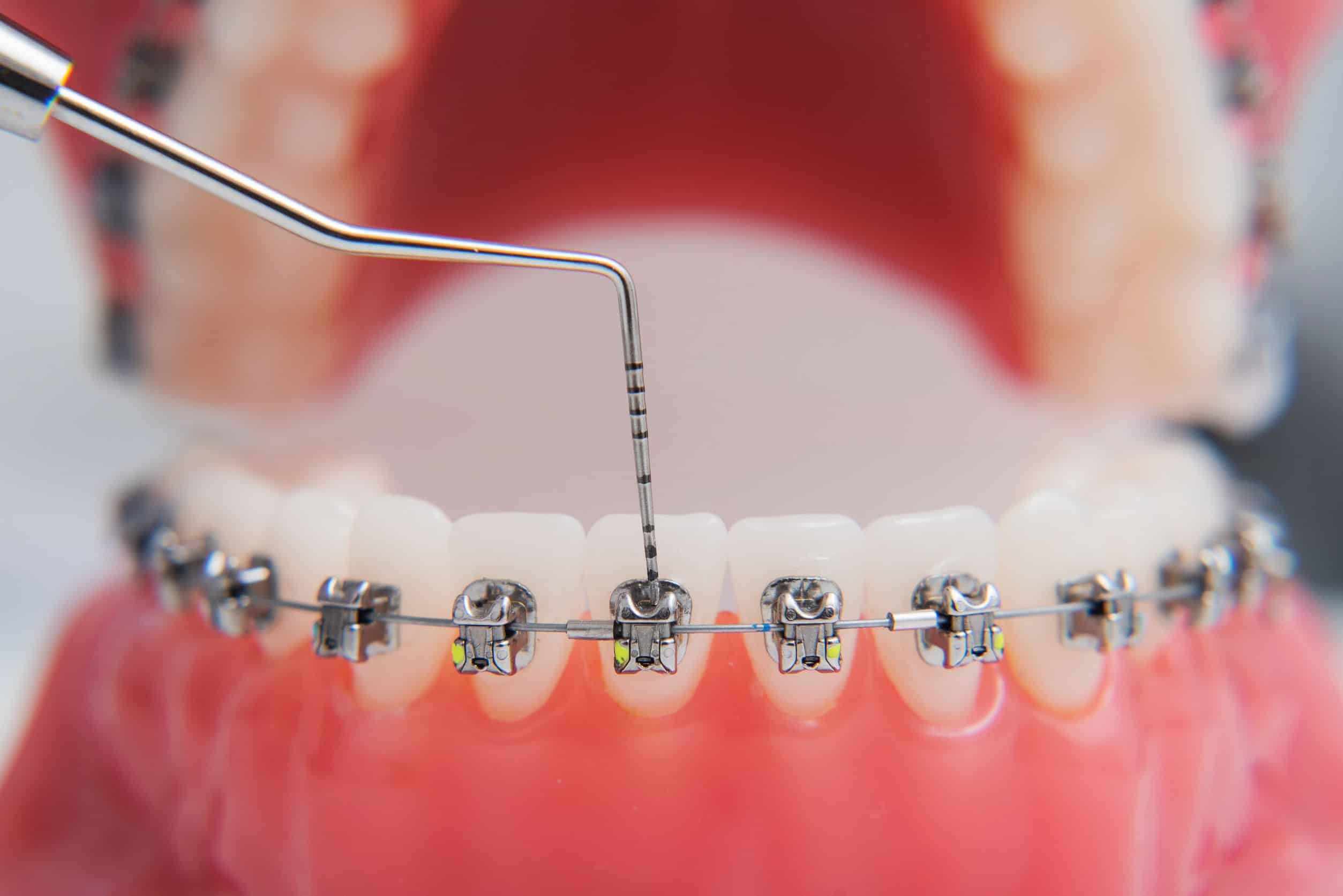Locating the Right Cumming Orthodontist for Your Braces and Aligners Needs
Locating the Right Cumming Orthodontist for Your Braces and Aligners Needs
Blog Article
Comprehensive Overview to Orthodontics Procedures for Fixing Dental Imbalances
Comprehending the details of each treatment, including their mechanisms, benefits, and prospective downsides, is essential in making educated decisions regarding one's orthodontic treatment. As we browse through the comprehensive guide to orthodontic treatments for correcting dental imbalances, the complex details of each approach will certainly unravel, shedding light on the path towards a useful and harmonious dental placement.
Orthodontic Procedures Introduction

Regular adjustments and surveillance are essential components of orthodontic therapy to ensure progression is on track and to make any type of needed adjustments along the way. By undertaking orthodontic treatments, clients can not just attain a straighter smile but additionally boost their general oral wellness and feature.
Traditional Braces: How They Work
When considering orthodontic therapies for oral misalignments, conventional dental braces stand out as a reliable method for fixing teeth positioning. Traditional braces are composed of braces, cables, and bands that work together to use continual stress on the teeth, progressively relocating them into the preferred alignment.
As pressure is applied to the teeth via the braces, the bone surrounding the teeth is improved to sustain the new tooth settings. People will need routine modifications at the orthodontist's office to guarantee the dental braces proceed to use the right pressure for efficient teeth motion.
Undetectable Aligners: Pros and Cons
Invisible aligners provide a very discreet and practical choice to standard dental braces for dealing with oral misalignments. These clear, tailor-made trays are basically unseen when used, making them an enticing choice for individuals seeking a much more cosmetically pleasing orthodontic treatment. Among the primary advantages of unseen aligners is their removability, allowing for simpler maintenance of oral health compared to typical dental braces. Patients can remove the aligners before eating or cleaning their teeth, lowering the risk of food getting stuck in the device and simplifying the cleansing procedure.

Surgical Orthodontic Options
Surgical treatments in orthodontics present viable alternatives for addressing complicated oral imbalances that may not be effectively dealt with with traditional orthodontic treatments. While invisible aligners and conventional braces can remedy many orthodontic issues, certain situations need medical treatment to achieve ideal results. Surgical orthodontic alternatives are generally recommended for serious malocclusions, considerable jaw discrepancies, and cases where the underlying bone framework requires alteration to accomplish correct placement.
One usual medical orthodontic treatment is orthognathic surgical procedure, which involves rearranging the jaws to correct practical concerns such as problem talking or chewing. This surgical procedure is frequently carried out in collaboration with an orthodontist that aids line up the teeth prior to and after the procedure. Surgical orthodontics might likewise involve treatments to reveal affected teeth, remove excess periodontal cells, or reshape the jawbone to produce a more unified facial account.
Before considering medical orthodontic options, clients undergo an extensive assessment to determine the need and possible advantages of such interventions. invisalign. While surgery may appear overwhelming, it can significantly enhance both the function and aesthetic appeals of the smile in situations where conventional orthodontic treatments fail
Retainers and Post-Treatment Care

Post-treatment care entails complying with the orthodontist's instructions carefully. This might include proper oral hygiene techniques, participating in follow-up consultations, and using the retainers as recommended. Failing to follow post-treatment care instructions can cause relapse, where the teeth progressively return in the direction of their original placements. Regular retainer wear, great oral health, and routine dental exams click for source are vital for keeping the outcomes accomplished through orthodontic surgical procedure and ensuring the long-term stability of the remedied dental alignment.
Final Thought
In verdict, orthodontic procedures supply different options for dealing with oral misalignments. Traditional dental braces utilize steel braces and cords to move teeth into correct placement. Undetectable aligners offer a more very discreet choice yet might not appropriate for all cases. Surgical orthodontic alternatives are readily available for extra serious misalignments. Retainers are frequently used post-treatment to keep the new alignment. Generally, orthodontic treatments can efficiently improve dental health and aesthetic appearance.
As we browse with the extensive overview to orthodontic treatments for correcting oral misalignments, the intricate information of each approach will certainly unravel, shedding light on the path towards a unified and practical dental alignment. - cumming invisalign
One of the most typical orthodontic treatments is the usage of dental braces, which consist of steel brackets and wires that use mild pressure to progressively change teeth into the desired setting.When thinking about orthodontic treatments for dental misalignments, conventional visit this website dental braces stand out as a time-tested method for remedying teeth positioning. In addition, invisible aligners might not be appropriate for intricate orthodontic concerns that need even more considerable teeth movement, as they are commonly recommended for moderate to modest cases. Retainers click reference are custom-made orthodontic devices created to hold teeth in their corrected placements after the conclusion of orthodontic treatment.
Report this page